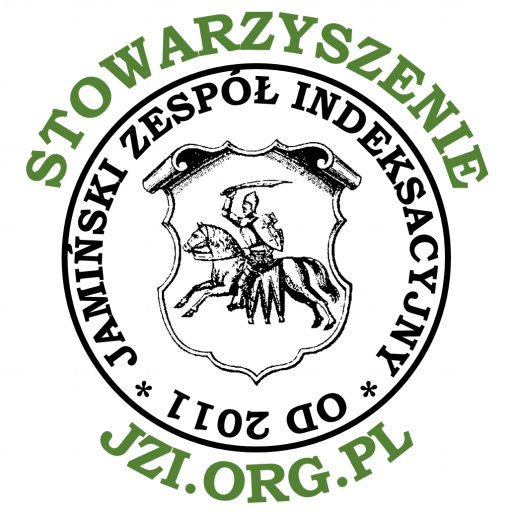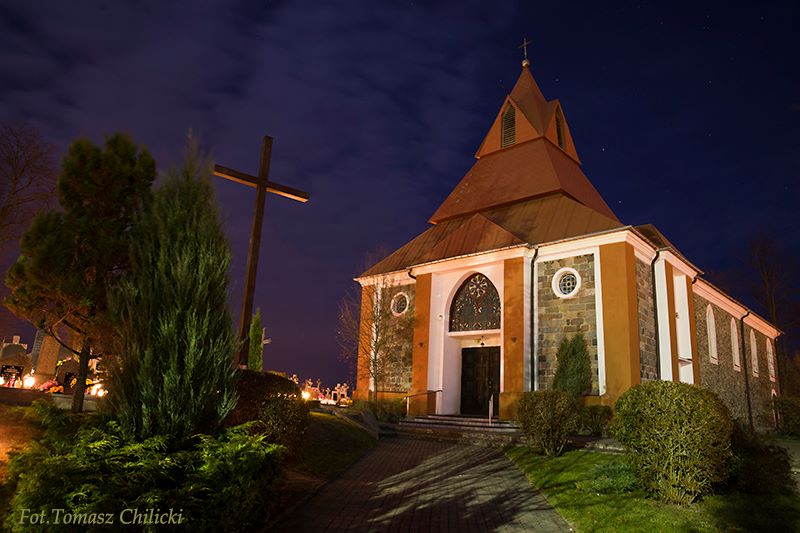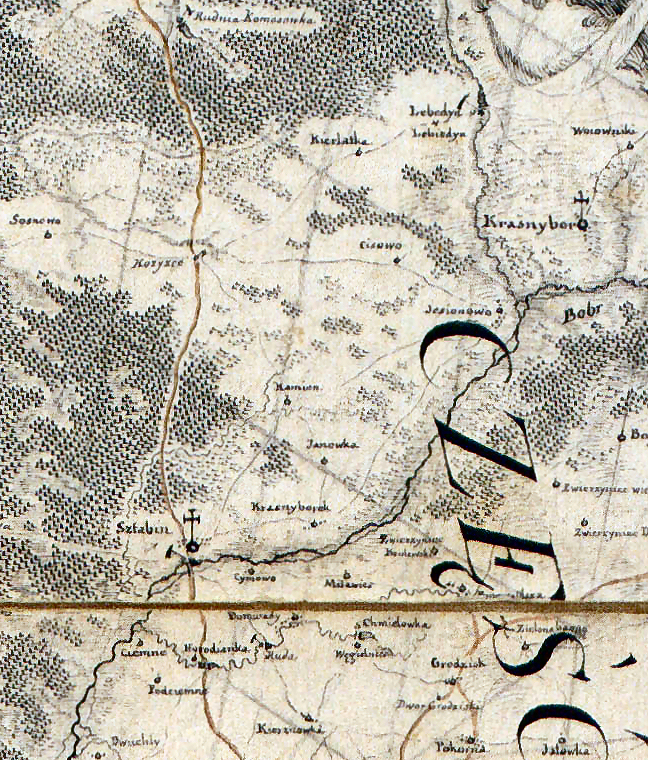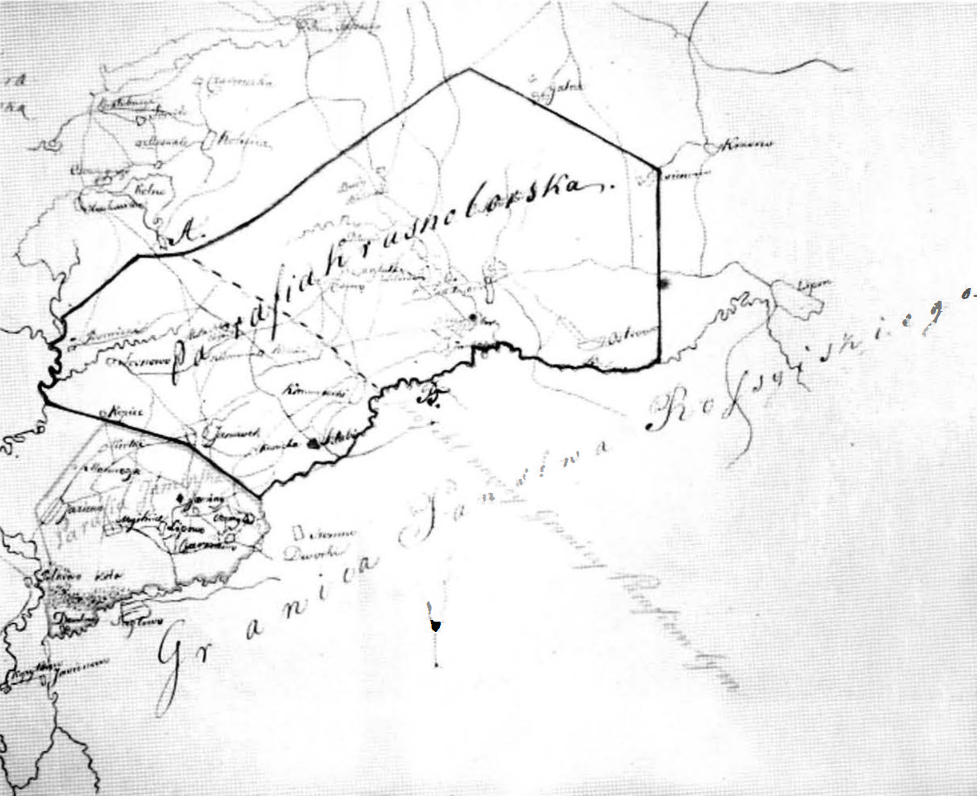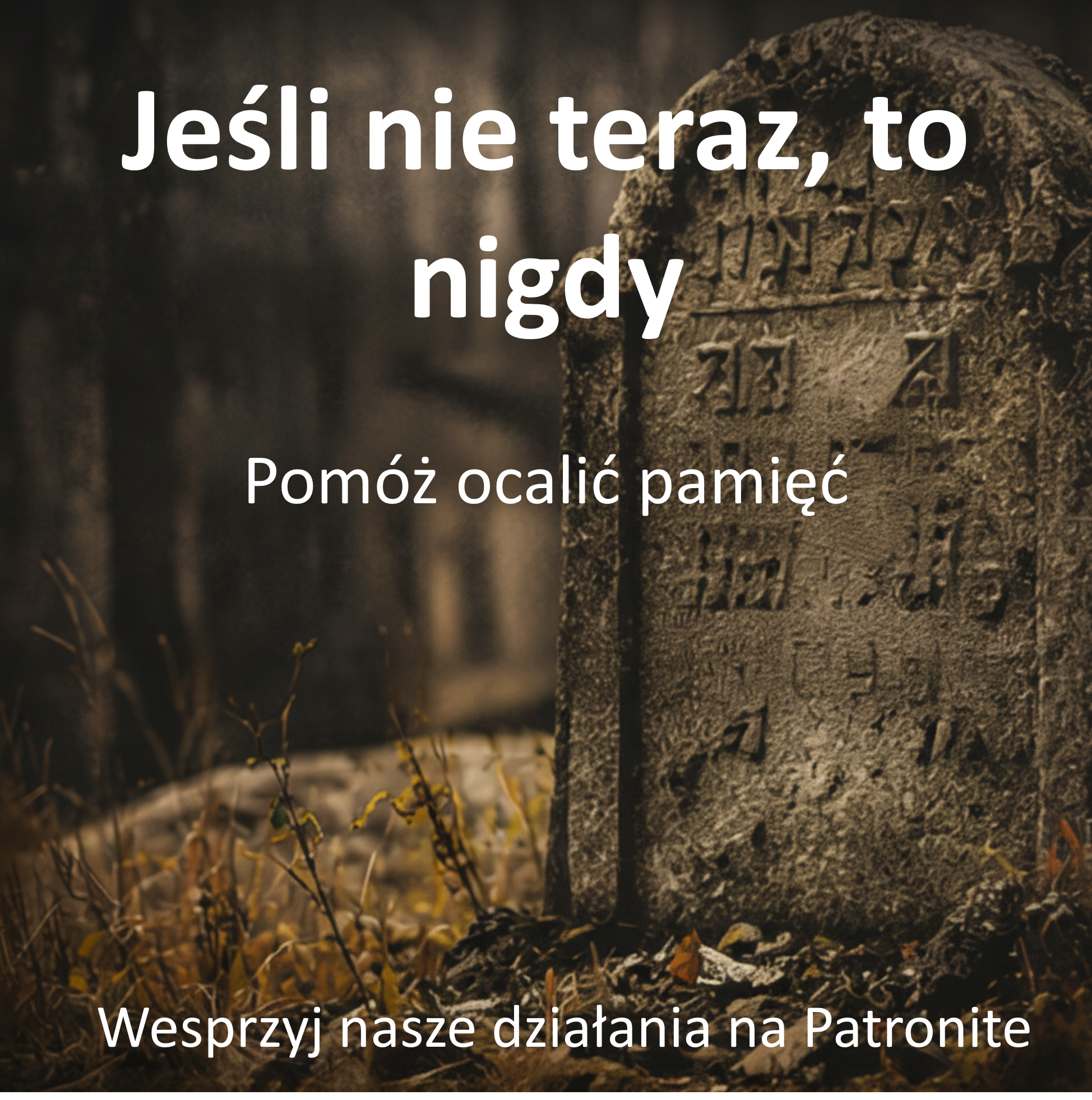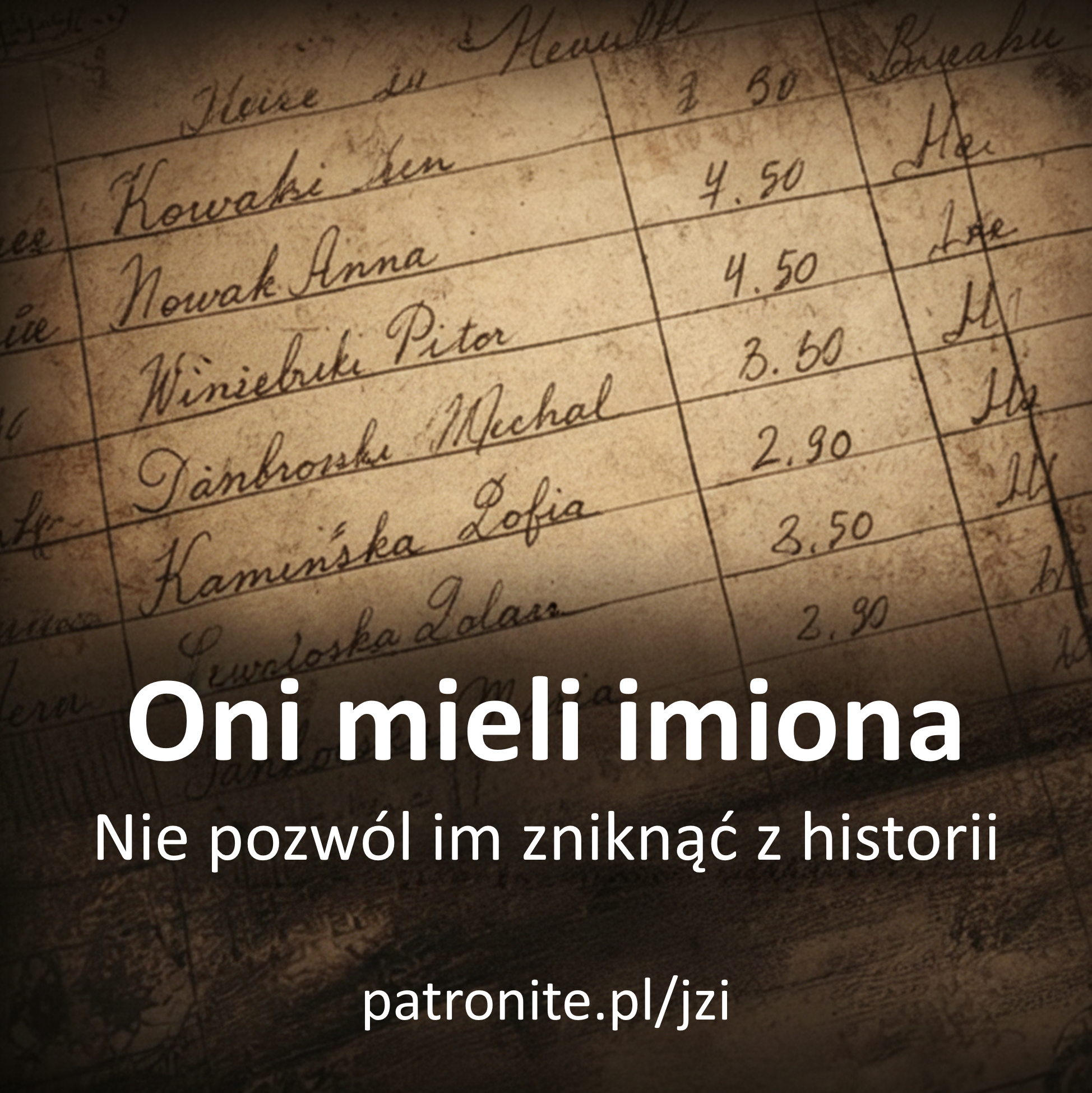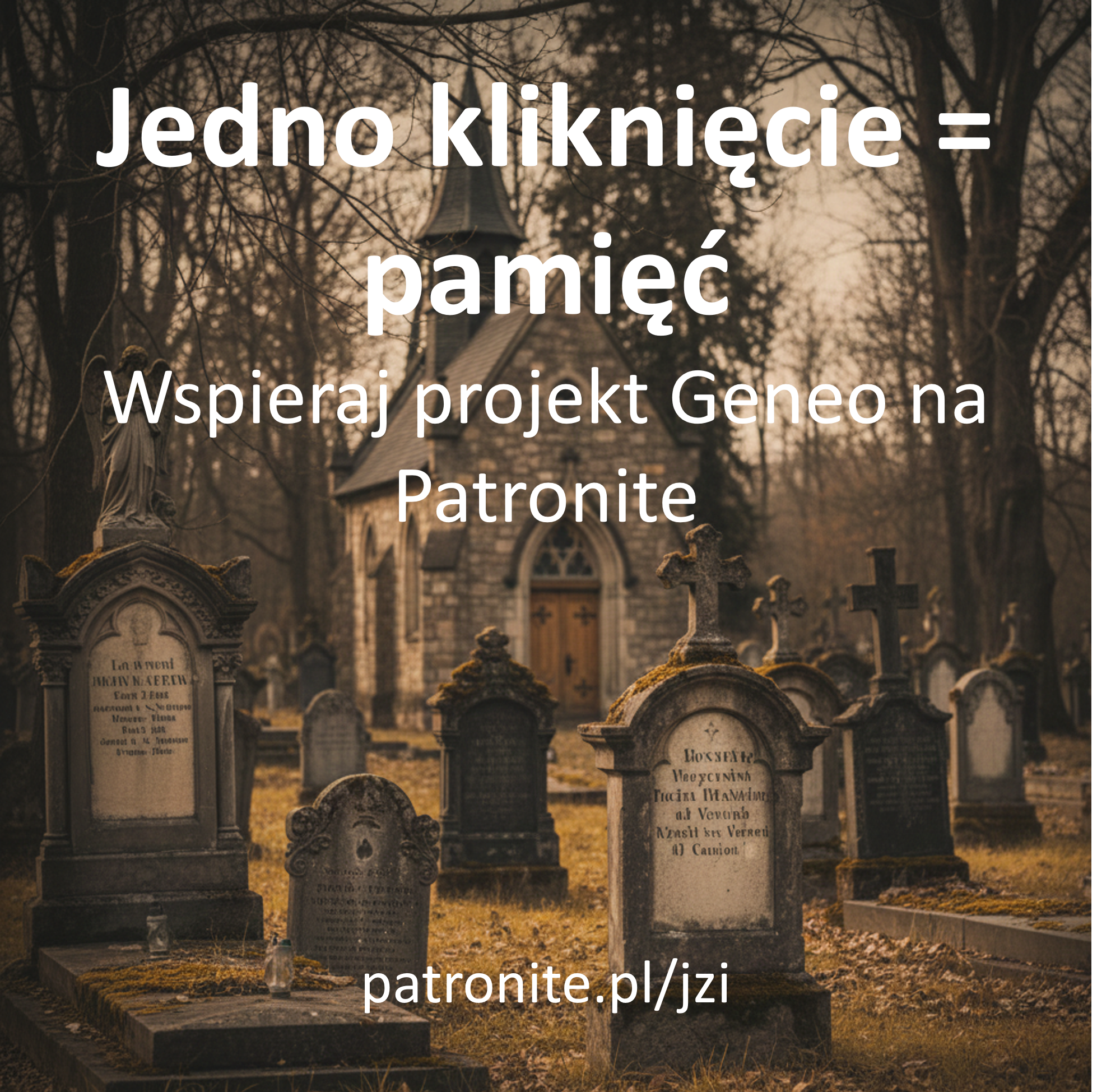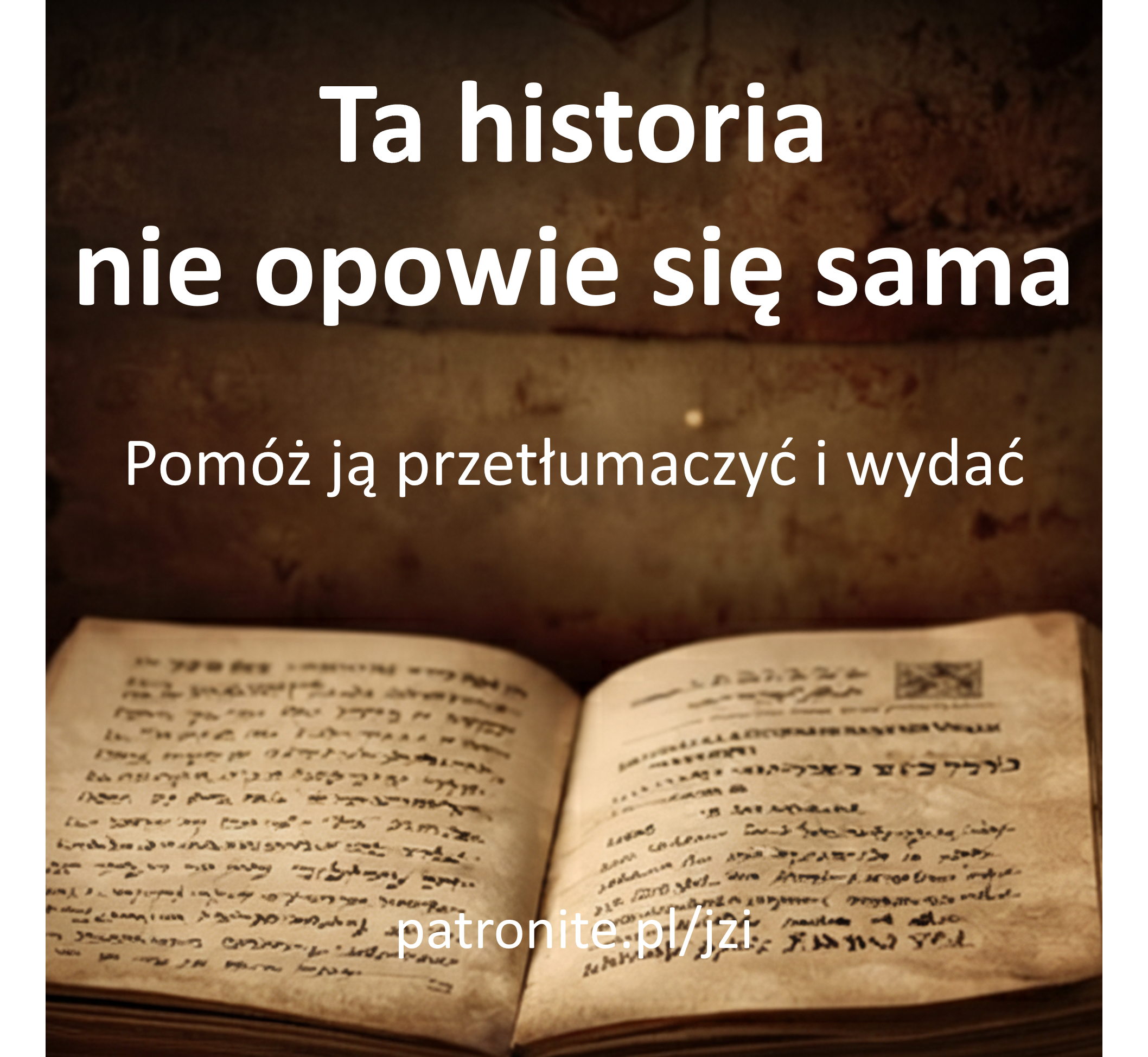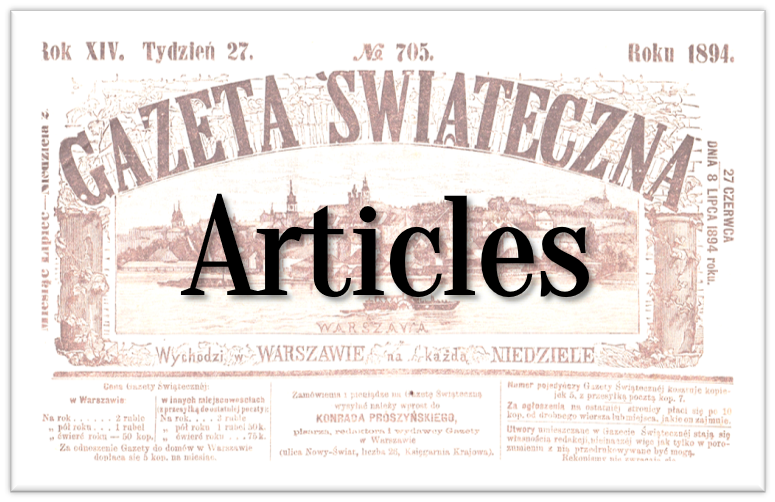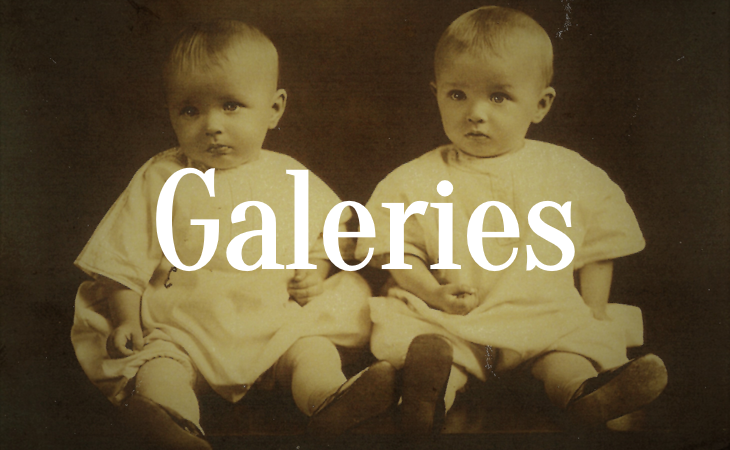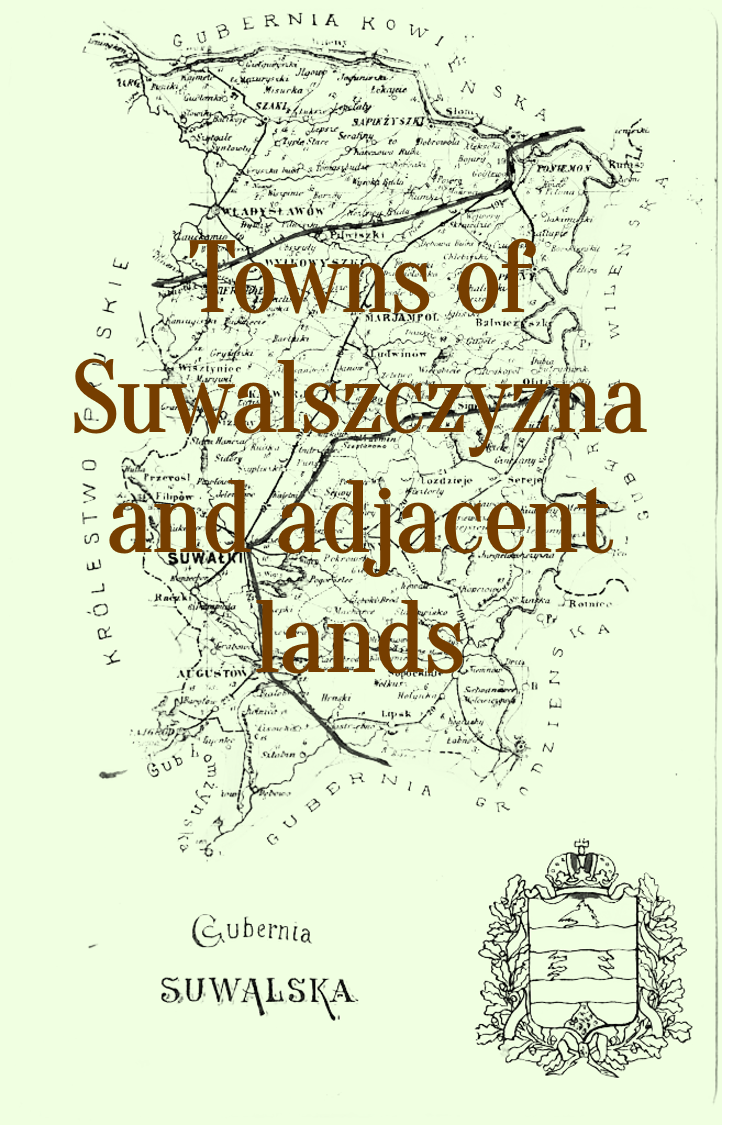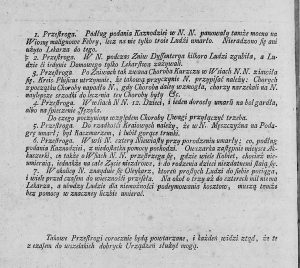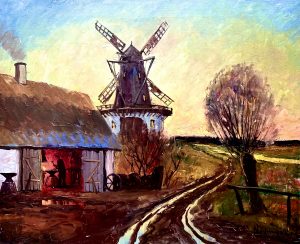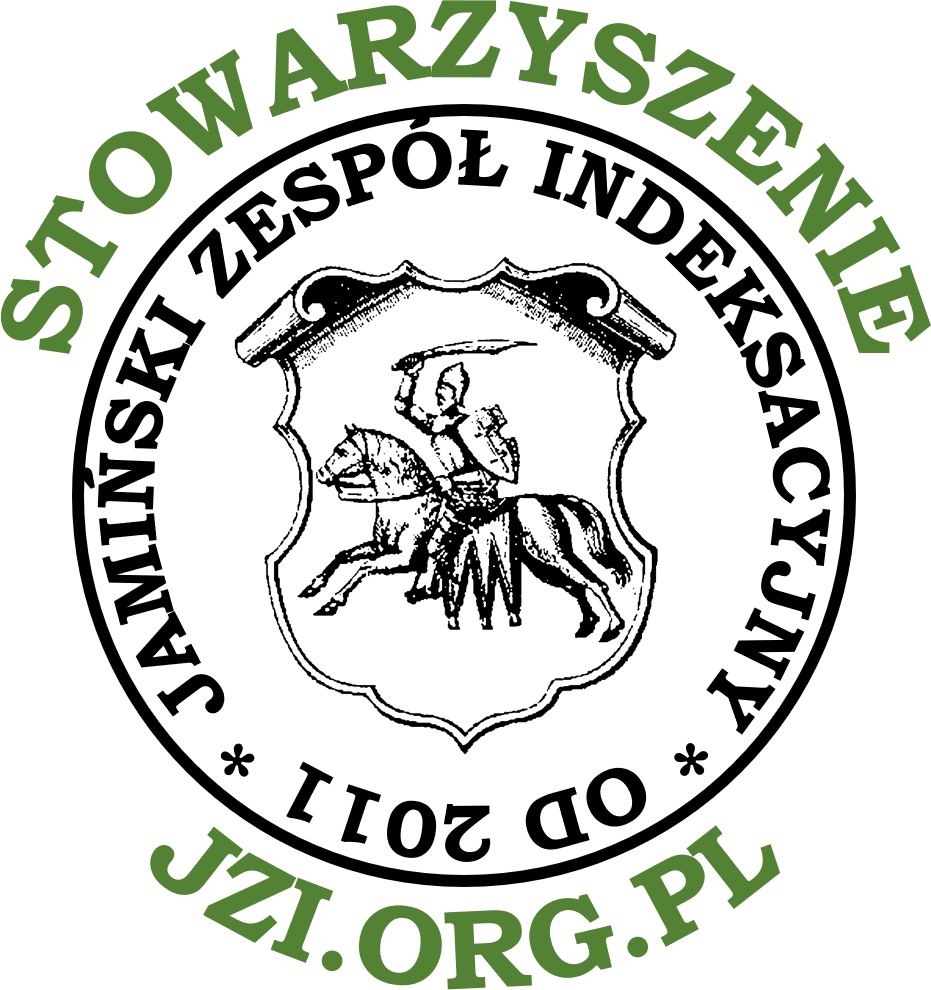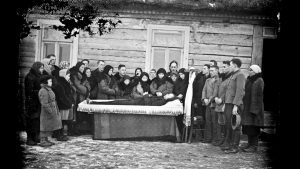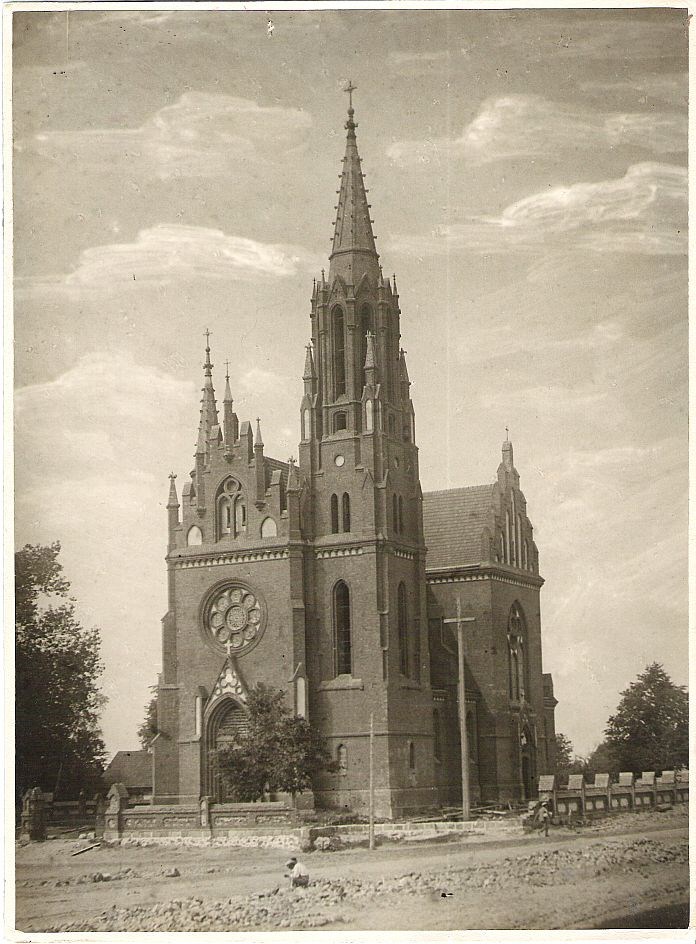
An independent parish in Sztabin was established in 1895. It was separated from the Krasnybór parish which had been operating since 1598. There was a Roman Catholic chapel in Sztabin as early as in the middle of the 17th century which was transformed from a pre-existing Uniate church. In 1799, the wooden church in Sztabin was in such a bad condition that it had to be sealed. The Jewish tavern keepers from Sztabin and the leaseholder of the Wrzosek estate protested against it in a Białystok camera declaring that the closure of the church put them at risk of losses due to a decrease in demand for liquors. In 1826, the parish priest of Krasnybór stated that the present church was the fourth building existing in that place. The last one, built in 1804, had dimensions of 21 by 9 meters. It was erected from wood on a stone foundation and covered with wooden planks. The roof was covered with shingles painted dark red. Also two towers in the facade of the church were covered with shingles; the tops were covered with sheet metal and crowned with iron crosses. Three bells were hung in one tower and an iron clock with two cast scales and a bronze bell on the other. There were three altars: the main one with the image of the Mother of God and the side ones with the image of St. Anthony of Padua and, on the upper floor - St. James the Apostle and the altar with the image of the Scourging of Jesus and at the top - St. John the Evangelist.
An attempt to establish an independent parish institution in Sztabin had already been made by Count Karol Brzostowski (d. 1854), heir to the Krasnoborsko-sztabiński estate in which he created the famous Republic of Sztabin. It was guided by purely pragmatic motives. The seat of the Count was in Cisów and he himself attended the church in Sztabin. Sztabin was the most populated place of the estate and was located in its center. Craftsmen and merchants lived there. The village also had a large church. According to Brzostowski, the villages of the parish in Jaminy were to be joined to the newly established parish in Sztabin. Correspondence between the owner of the estate and the diocesan curia started. The Count only wanted to sanction the actual state of affairs.
In 1828, the Bishop of Augustów confirmed that he was in favour of creating a branch in Sztabin with no significant changes in the boundaries between the parish of Krasnybór and Jaminy. The following were considered to belong to Krasnybór: Krasnoborki, Kamień, manor of Cisów, Kryłatka, Długie, Lebiedzin and treasury (national) villages: Jastrzębna, Balinka, Hruskie, Komaszówka. Those belonging to Sztabin were: Kunicha, Janówek, Karoliny, Ewy, Kopiec, Sosnowo, Budy, Kolnica Wielka, Kolnica Mała, Kobyli Kąt, Promiski, Huta Sztabińska, settlements: Pogorzałe, Fiedorowizna, Chomaszewo, Podcisówek, Stara Huta. However, this did not end the long-lasting disputes that continued for years. Since 1835, the parish priest lived in Sztabin and moved the birth, marriage and death records there.
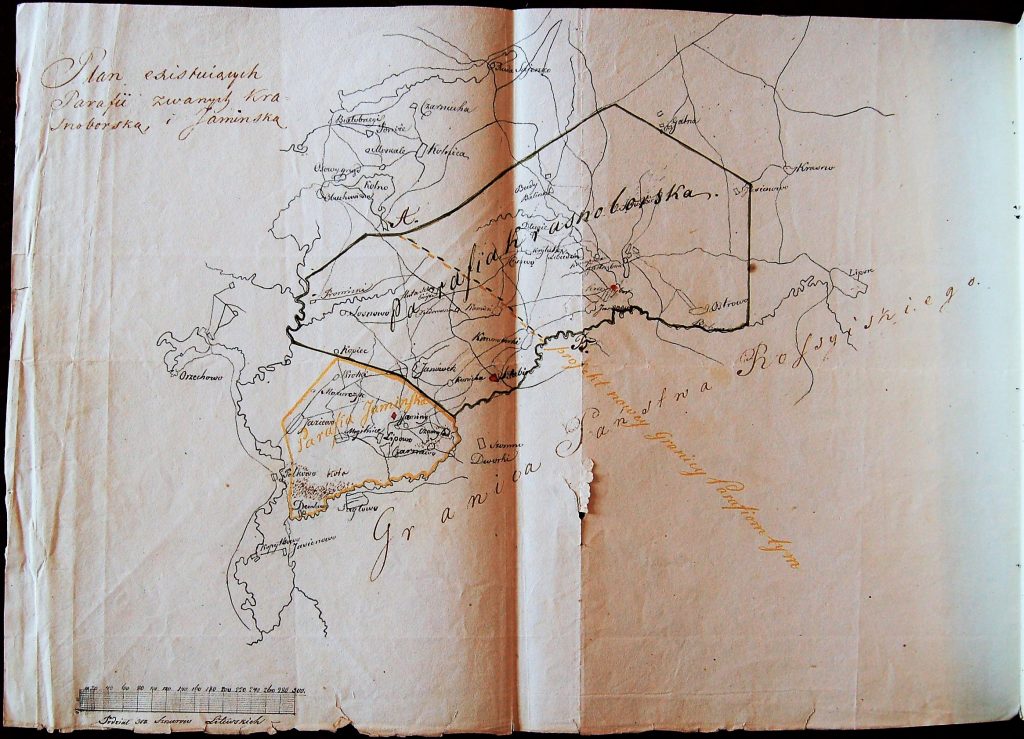
It was not until 18th January 1895 that the Ministry of the Interior in St. Petersburg informed the Warsaw Governor General and the diocesan authority in Sejny that it allowed the Vicar of Sztabin to keep metric books for the following villages: Budziski, Czarny Grąd, Ewy, Fiodorowizna, Huta, Janówek, Kamień, Karoliny, Kobyli Kąt, Kopiec, Krasnoborki, Kunicha, Motułka, Podcisówek, Promiski, Przechodki, Sosnowo, Suchy Grąd and Sztabin. On March 6th, 1895, the administrator of the diocese, Father Pawel Krajewski, signed a decree to establish an independent parish of Sztabin. In 1896, the Cisów and Popowoszczyzna manor farms were joined to the newly established parish along with the village of: Budy, Cegielnia, Chomaszewo, Podgórze, Pogorzałe, Zielone, Żmojdak.
The first Parish Priest of the Sztabin parish was Father Szymon Błażanis. He worked there between 1882-1896, initially as a vicar. He died on January 17th, 1897.
